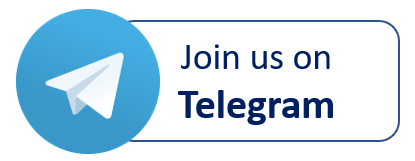
News Link • Economy - Economics USA
Frankenstein's Money Press: How Washington Unleashed the Modern Monetary Monster
• https://thedailyeconomy.org, Stefan BartlModern Monetary Theory (MMT) emerged like a laboratory experiment equal in ambition and madness. MMT is the idea that governments and central banks can print money and flood the economy with their respective currency without consequences, as long as the velocity of cash in circulation remains under control. In 2019, the theory had begun to seep into the political mainstream as a means to pay for large government expenditures, such as The Green New Deal, by potential 2028 presidential candidate Alexandria Ocasio-Cortez.
The brainchild of Stephanie Kelton, advisor to the Bernie Sanders 2016 presidential campaign, MMT underlines the idea that, unlike a household, the government can disregard its budget entirely. In a TED Talk on October 21, 2021, Kelton stated,
The federal government is fundamentally different, unlike the rest of us, Congress never has to check the balance in its bank account to figure out whether; it can afford to spend more. As the issuer of the currency, the federal government can never run out of money, it can afford to buy whatever is available and for sale in its own currency.
During the onset of government lockdowns prohibiting commerce and the pursuit of happiness, MMT saw the light of day. From spring 2020 to winter 2021, the federal government dispersed $931 billion directly to individuals in the form of stimulus checks found under the CARES Act of 2020 and the American Rescue Plan of 2021. This sum far outweighs the stimulus payments of the 2008 banking crisis ($108 billion) and the 2001 Dot-com Bubble ($36 billion). The Mises Institute reports the Federal Reserve's balance sheet more than doubled between 2020 and 2022, from $4 trillion to $9 trillion. Within two years, the money supply (measured as M2) grew roughly 40 percent. In retrospect from 2000 to 2019, the money supply grew annually by six percent. The scale of that monetary experiment, printing dollars into a politically frozen economy remains an unprecedented act of monetary expansion.
Like the phrase, "two weeks to flatten the curve," the new economic catchphrase in circulation was "transitory inflation." Just like the political phrase, the economic term "transitory inflation" was anything but short. The government was aware that increasing the money supply would consequentially increase inflation; however this would pass, and the average American need not worry. By 2021, then–Secretary for the Department of Treasury, Janet Yellen stated,
I really doubt we're going to see an inflationary cycle, although I will say that all the economists in the administration are watching that very closely." Just a year later, in 2022, the inflation rate peaked at nine percent. In 2024, researchers at MIT discovered that, "42 percent of inflation could be attributed to government spending.


























